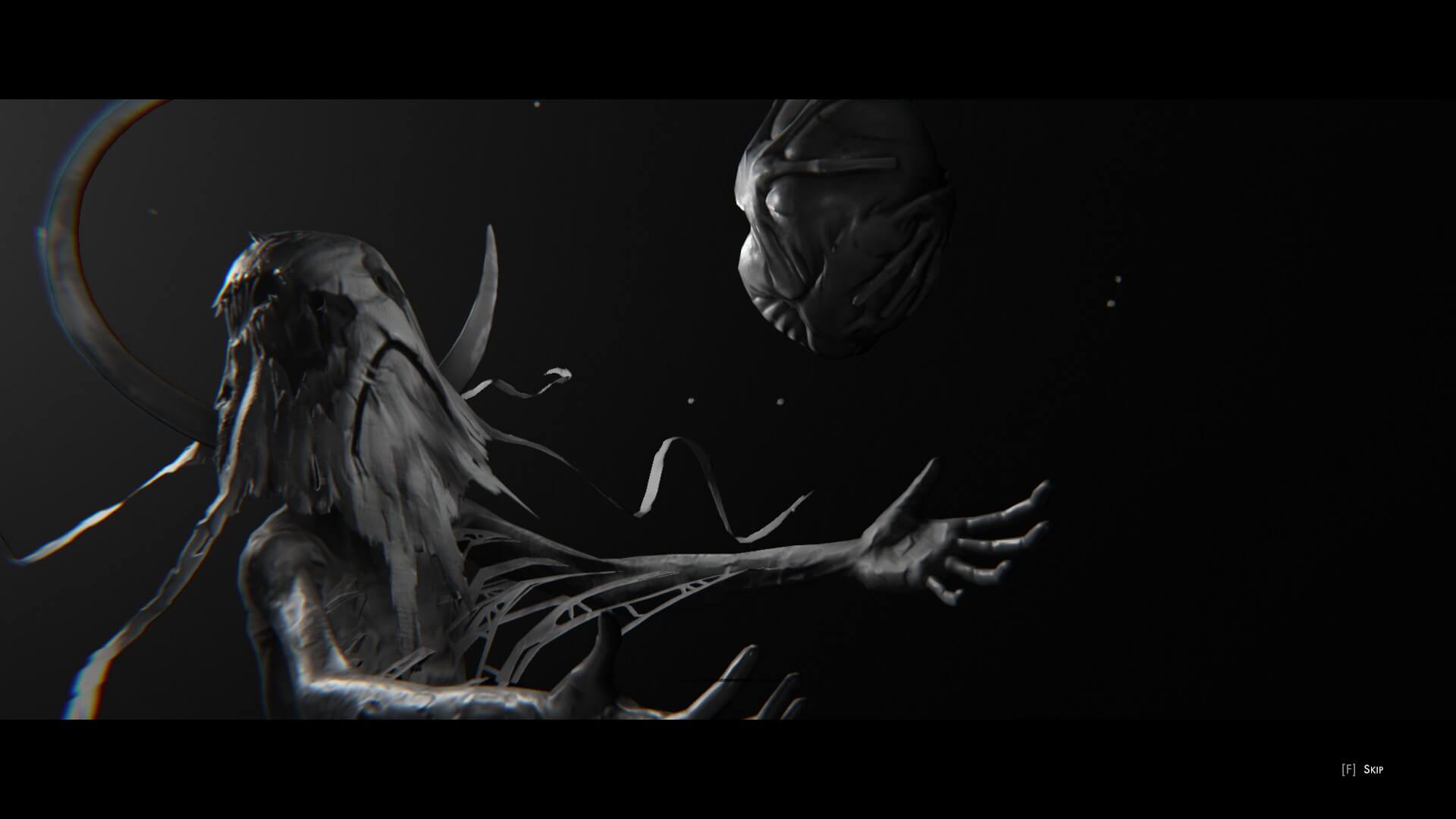
In effect, this means you’ll have to level up a whole team of Daughters, then pick which ones to cull right before the fantastically powerful bosses that await at the end of each of the five eras. But get this: you can only regenerate a character by sacrificing a Daughter at the same level or higher. And that is a problem, because health is hard to come by in Othercide.Īny damage that the Daughters take is carried over to the next level, and the only way to regenerate health is by sacrificing another Daughter. But the trouble is that these skills use hit points rather than action points – usually either 10% or 5% of the character’s total HP. For example, the Blademaster can trigger a skill that attacks any enemy which moves within range of her.
#Othercide mother full
This sets up a neat tension whereby you constantly have to decide whether to just use 50 AP and perhaps leave your character in an advantageous position to attack on the next turn, or spend the full 100 AP to finish off an enemy, with the possibility that your character might be vulnerable to an attack while they wait for their go to come around again.Īs well as regular attacks, each Daughter has access to some reaction skills, which can trigger on the enemy’s turn. But if you go below 50 AP on your turn, entering what’s called Burst Mode, your character will be set further back on the timeline – effectively causing them to miss a turn. Each character has 100 action points (or sometimes more), which they can use to move and attack, with each attack costing different amounts of AP. Like XCOM: Chimera Squad, you have a timeline running along the bottom of the screen, showing the order in which each enemy and ally will act.

Let’s talk about the meat of the game – the turn-based combat. And the same layouts keep recurring far too often considering the amount of times you have to replay the game – but more on that in a moment. That said, I got a bit tired of the samey maps, with each level blurring into one another in an amorphous mass of Gothic columns and miserable statues. Everything is rendered in black and white, with the odd accent of red, which for the most part looks excellent – if a little murky on occasion. Personally, I’m more into primary colours or chalk-based Farrow and Ball legacy paints, but I still appreciated the minimalist colour palette that Othercide employs. If you’ve ever painted your bedroom black at any point in your life, then this will be right up your street. It’s basically a load of goth women fighting Junji Ito-style nightmare creatures. There’s some kind of big baddie called The Other, which has been corrupted by something called The Suffering, and you initially play some immortal guardian-type called Mother, but then Mother dies and becomes Red Mother, and she starts germinating Daughters to continue the fight, and so on and so forth.


Having played many XCOM-style, turn-based tactics games in the past, I had some notion of what I should be doing – but if you’re new to the genre, this definitely isn’t the place to start. You’re initially faced with screen after screen of obtuse stats and skills, with barely any idea of what it all means. After barely any kind of tutorial, you’re thrown straight in at the deep end to begin with. That taste of conquering seemingly insurmountable odds is sweet, sweet nectar indeed. But then you gradually tease out strategies to deal with seemingly impossible bosses, find ways to form incredibly powerful combos, and suddenly it seems doable.


 0 kommentar(er)
0 kommentar(er)
